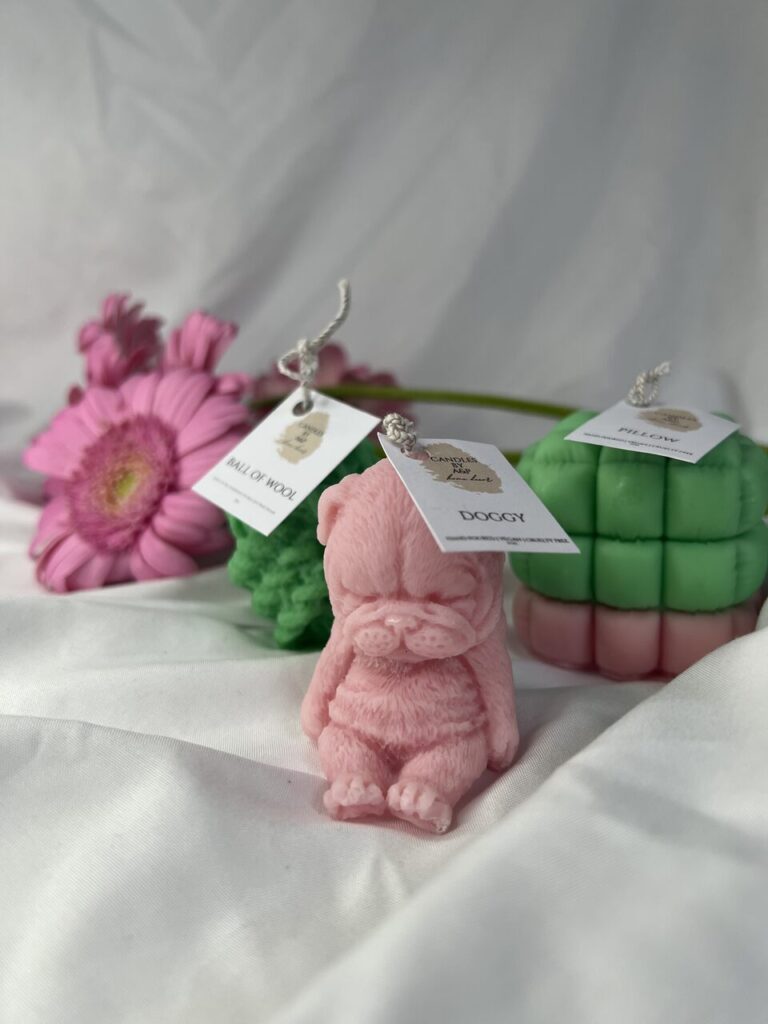What’s the Difference?
When it comes to creating that perfect ambiance or chasing away unwelcome odors, not all candles are created equal. Perhaps you’ve found yourself wondering why soy often come with rave reviews or why they might be priced differently than their paraffin counterparts.
Let’s light the way through the haze of candle and explore why soy candles are often chosen over other types.

What’s So Special About Soy Candles?
Soy candles have carved out a significant niche in the candle market, celebrated for their clean-burning properties and long-lasting burn. Here’s what sets them apart:
Made from Natural Sources
Soy candles are derived from soybeans, a biodegradable and renewable resource. This makes them a favorite among environmentally conscious consumers who prefer products that are not only safe but also sustainable.
Cleaner Burning
One of the key benefits of soy candles is that they emit less soot and toxins compared to paraffin candles. Paraffin is a by-product of petroleum and can release chemicals like benzene and toluene into the air — not something you want in your breathing space.
Longer Lasting
Soy wax burns slower than paraffin wax, meaning you get more bang for your buck. A longer burn time makes soy candles more cost-effective in the long run, despite their sometimes higher upfront cost.


Comparing Other Candle Types
While soy candles hold their own appeal, other types of candles also populate the market, each with unique characteristics and uses.
Paraffin Candles
Often admired for their versatility and vivid colors, paraffin candles are the most common. They’re typically cheaper and readily available. However, they don’t burn as cleanly as soy candles and can contribute to indoor air pollution.
Beeswax Candles
Praised for their natural air-purifying properties, beeswax candles are a great non-toxic option. They naturally emit negative ions, which can help reduce pollutants and allergens in the air. However, beeswax candles tend to be pricier and have a naturally sweet, subtle scent that may not appeal to everyone.
Palm Wax
Palm wax candles are hard and can retain very high-detail shapes, making them excellent for aesthetic sculptural candles. Like soy, palm wax is natural and burns cleanly, but environmental concerns linked to deforestation associated with palm oil production can be a drawback.
Gel Candles
These eye-catching candles are made from gelled mineral oils or synthetic hydrocarbons and are prized for their artistic qualities. They can incorporate vibrant colors and objects like shells or flowers. They burn longer than paraffin but also share some of the same downsides of burning petrochemical byproducts.
Eco-friendly and Health Impacts
Choosing a candle type often goes beyond just fragrance or burn time—it’s also about considering your health and the environment.
- Eco-friendliness: Soy candles offer an eco-friendly option as they are made from a renewable resource. They do not produce harmful byproducts when burned.
- Health considerations: Soy wax is non-toxic, which makes soy candles a healthier choice, especially for homes with children, pets, or people with allergies.

The Bottom Line: What Should You Choose?
Your choice of candle should align with your lifestyle and values. If you’re looking for something cost-effective and eco-friendly, soy candles might be the way to go. For those who value aesthetics and tradition, paraffin candles could be appealing despite their environmental drawbacks.
If health and air quality are your main concerns, beeswax candles might be worth the investment. Lastly, if you’re all about unique decorations and long burn times, gel candles could light up your world in ways other candles can’t.
In conclusion, no matter your choice, each candle type has its own charm and utility. Understanding these differences can help you make a more informed decision, aligning your candle purchases with your personal and environmental health priorities. Light up your space wisely, and let your candles cast more than just light – let them reflect your values and lifestyl


